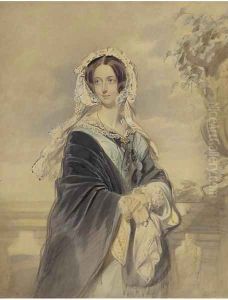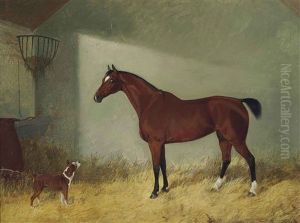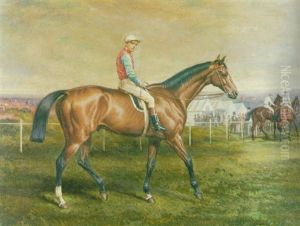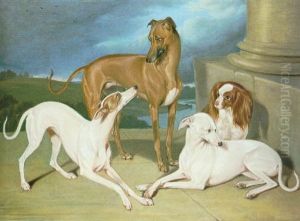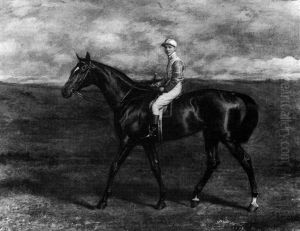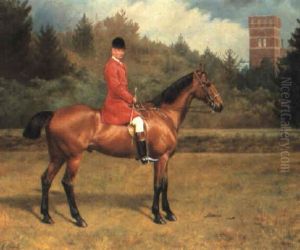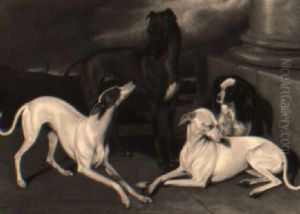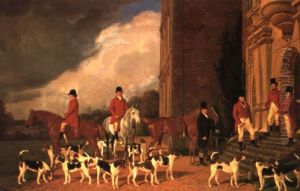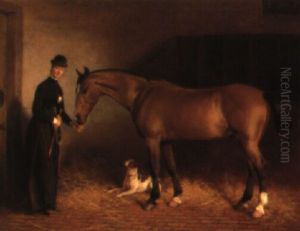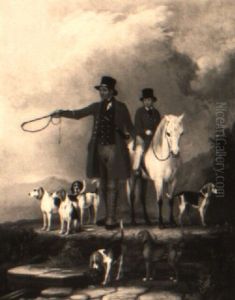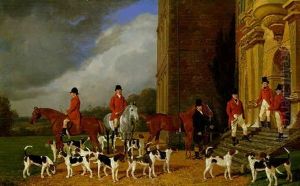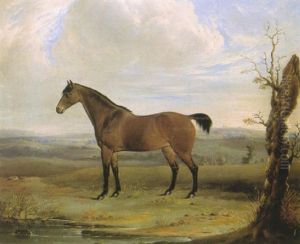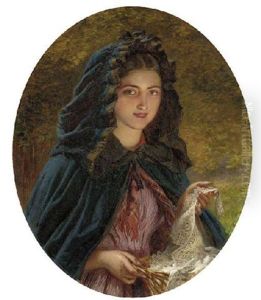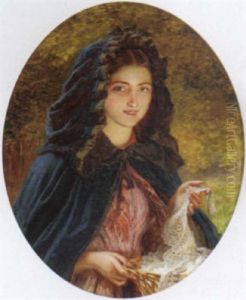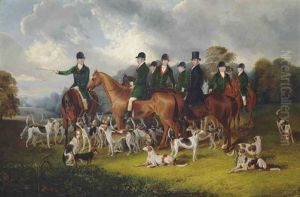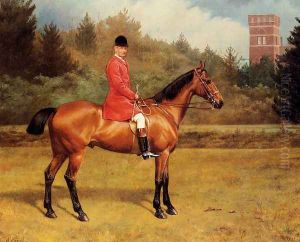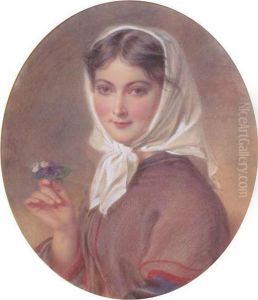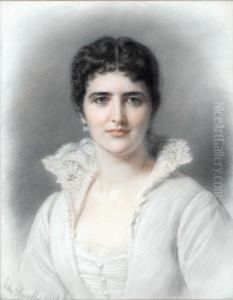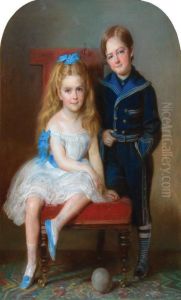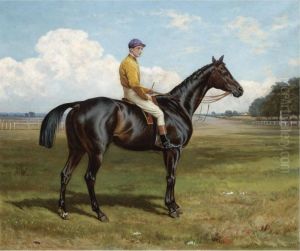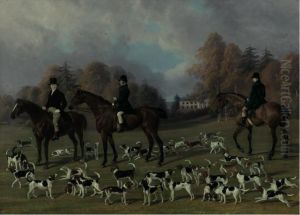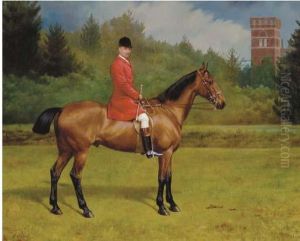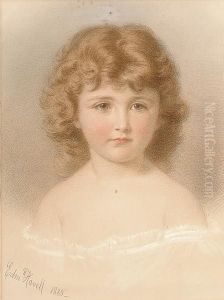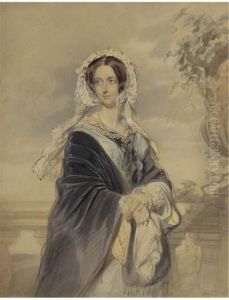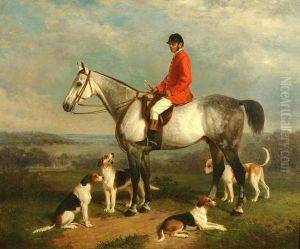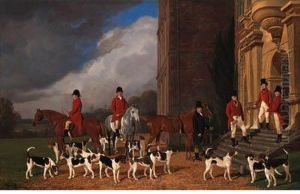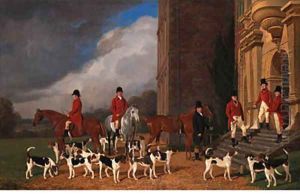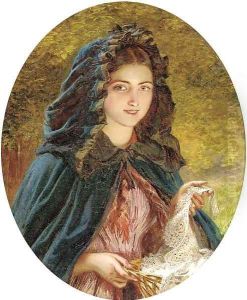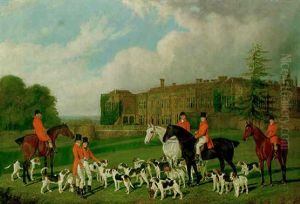Edmund Havell Jnr. Paintings
Edmund Havell Jnr. was a British artist born into a family deeply rooted in the arts, particularly known for their contributions to painting and engraving. Born in 1819, he followed in the footsteps of his artistic lineage, developing a unique style that would mark his contributions to the British art scene of the 19th century. His father, Edmund Havell Sr., was also a respected artist, providing young Edmund with an environment rich in artistic tradition and learning from an early age.
Havell's early years were spent mastering the basics of art under the guidance of his father, before furthering his education in formal art institutions. His style evolved over the years, reflecting the influences of the Romantic and later Victorian ideals prevalent during his lifetime. Havell was particularly noted for his landscape paintings, which captured the beauty and idyllic tranquility of the English countryside with a remarkable sense of realism and detail. His works often depicted serene pastoral scenes, characterized by their meticulous attention to the subtleties of light and color.
Throughout his career, Havell exhibited his works at prestigious venues, including the Royal Academy of Arts, where he gained recognition and esteem among his peers and the public alike. His paintings were celebrated for their vibrant portrayal of nature, contributing to the Victorian era's appreciation of landscape art. Havell's ability to evoke emotion and admiration for the natural world through his art made him a significant figure in the landscape painting genre of his time.
Despite his success, Edmund Havell Jnr. remained a somewhat private figure, focusing on his art rather than the trappings of fame. He continued to paint throughout his life, leaving behind a legacy of works that continue to be appreciated for their beauty and technical skill. Havell passed away in 1894, but his contributions to British art have endured, solidifying his place among the notable artists of the 19th century.
